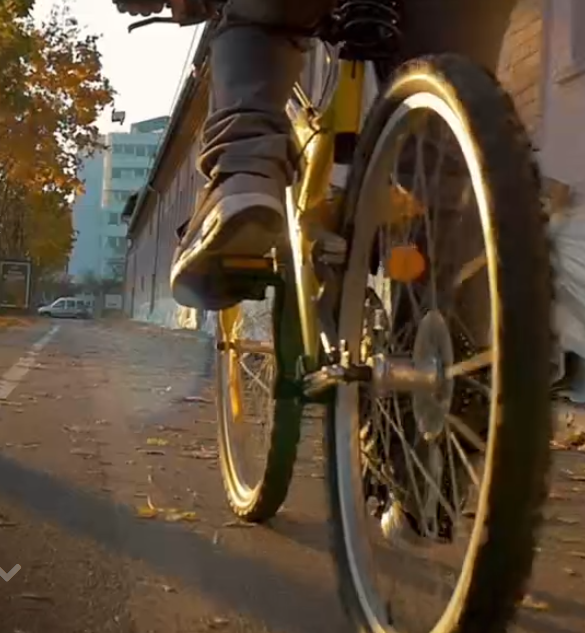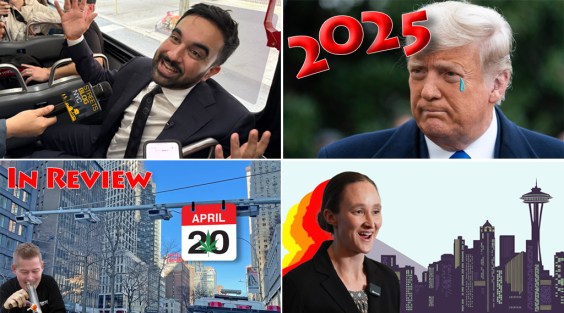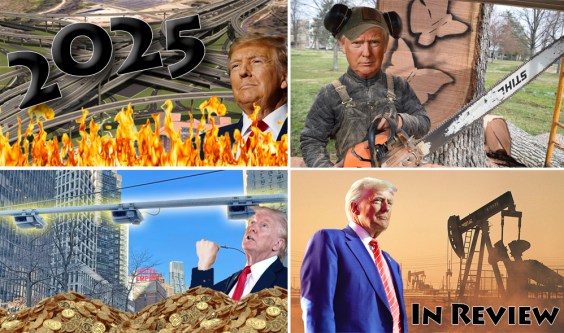Caltrans today awarded approximately $54 million for Sustainable Transportation Planning grants throughout the state. That amount includes $41.6 million for ninety "sustainable, climate-resilient transportation projects throughout California that address local and regional impacts of extreme weather events fueled by climate change" (another 71 applicants were not awarded funds). The projects are supposed to "help reduce planet-warming pollution, improve resiliency of the state highway system, enhance access to safe walkways and bike paths, and increase natural disaster preparedness."
The money comes from one-time state and federal sources that were part of the 2022-23 state budget for clean transportation, as well as from S.B. 1, the Road Repair and Accountability Act of 2017.
Three grant types went out today: $20.2 million in Sustainable Communities Competitive and Technical Grants, $18.1 million in Climate Adaptation Planning Grants, and $3.3 million in federally funded Strategic Partnership Grants.
The Sustainable Communities grants will go to 56 local, regional, tribal and transit agencies to help boost transportation and land use planning, and to plan for electric vehicle charging infrastructure. About $8 million of this will support the planning of 21 projects that "improve safety and access for people who walk and bike."
The Climate Adaptation grants will go to 26 jurisdictions to help them develop adaptation plans, identifying transportation-related climate vulnerabilities and planning specific projects to address climate impacts.
The Strategic Partnership grants will go to eight interagency projects to help plan for "comprehensive highway corridors, rural agriculture and highway safety, tourism demand, intercity bus systems, transit centers, and other sustainability initiatives."
Caltrans also recently awarded $12.5 million in S.B. 1 funding for Sustainable Communities formula grants, which encourage metropolitan planning organizations (MPO) to put their sustainable community strategies, which are required as part of their regional transportation plans, into action. Formula grants are noncompetitive, with every MPO receiving a share according to local population.
If it seems like California has been investing a lot of money in sustainability lately, it's true. Yesterday the Strategic Growth Council awarded $750 million for projects that unite affordable housing and clean transportation, and the state has invested more than $3.2 billion to improve public transit and passenger rail service this year alone.
Earlier this month the California Transportation Commission allocated $3.2 billion in a single day, for a wide variety of projects including highways (more on that in a future post).
Much of this money is from last year's state budget surplus (remember that?), which the governor and legislators invested in sustainability and resiliency programs are are this year being allocated. Some of it is from the gas tax (S.B. 1) and some is from new federal programs. Even though the California budget is retracting, expect more scrambling to fund projects as federal money from the Infrastructure Investment and Jobs Act (IIJA) and Inflation Reduction Act (IRA) start becoming available.
The full list of projects can be found here. A few examples are highlighted below.
Sustainable Communities competitive grants
- $190,00 to the Mendocino Council of Governments for the Noyo Harbor Multimodal Circulation Plan. The project will study study pedestrian, bicycle, and transit access into and through the Noyo Harbor, where none currently exists, to createmore efficient circulation and reduce conflicts between transportation modes. Among the ideas to be studied are the feasibility of restricting vehicle traffic to one way through the harbor, building a new connection at the west end, and adding a roundabout.
- $230,000 to the city of Sebastopol to come up with a preferred plan for the downtown segments of State Routes 116 and 12, which intersect in downtown and serve as the city's main streets and primary routes of travel. The plan will address all modes, safety, sustainability, accessibility, and economic development. The high volume of regional traffic has negatively impacted the vitality of local businesses and the safety of pedestrians and bicyclists traversing the downtown area.
- $700,000 to the Fresno Council of Governments to study a regional mobility hub in collaboration with the city of Fresno and local transit agencies. It will start with creating a framework for identifying potential sites and designs for four regional mobility hubs. These could include EV charging stations, car sharing, bike and/or scooter sharing.
Climate Adaptation Planning
- $1,254,691 to the Santa Cruz County Regional Transportation Commission to study coastal climate change vulnerabilities of the existing Highway 1 bridge over Waddell Creek, the Santa Cruz Branch Rail Line, and the future Monterey Bay Sanctuary Scenic Trail corridor over San Vicente Creek. This project will identify short-, medium-, and long-term actions for viability and resilience on these transportation facilities in tandem with ecological restoration of the Waddell Creek and San Vicente Creek ecosystems.
Strategic Partnerships
- $285,600 to the Santa Cruz County Regional Transportation Commission to study "enhancing roadway safety for all users of the County's six conventional highways… which collectively function as main streets, inter community connectors, and rural highways." The study will identify crash locations, severity, factors, and types of crashes that include pedestrians, cyclists, motorists, and freight. "The main objective is to create a roadmap to Vision Zero: to achieve zero traffic deaths and serious injuries by 2045."






